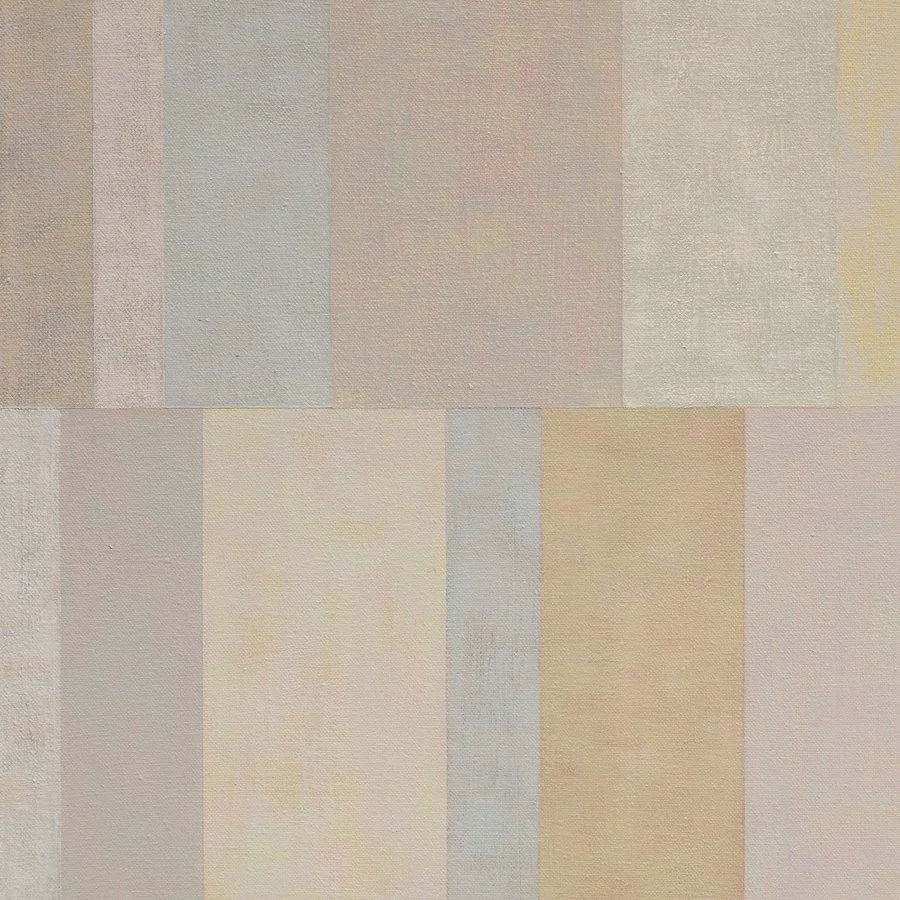"...having passion is just understanding what your purpose in life is."
-- Dan McLaughlin
I came across this video today about this guy Dan who quit his job to prove that one can master any skill if they put in the requisite time, ie. 10,000 hours. I remember reading about this 10,000 hour milestone to mastery in Malcolm Gladwell's book "Outliers", and I remember finding the idea reassuring after I crazily quit my lucrative job as a lawyer to try to be an artist. If I just put in the time, it must be possible. 10,000 hours? Then here goes nothing.
Well, it appears this guy Dan is documenting every hour of his efforts to master golf in a project called "The Dan Plan". Perhaps I should have had more foresight and documented "The Amanda Plan" back at the beginning when I first quit my job. And isn't the progression of learning art more interesting than learning golf? I'm just saying. Anyway, I relate to his story a lot, and I hope that his hypothesis that anyone can do anything if they just put in the time is true (for him as well as for me). Although I sense a few glitches in his theory (everything doesn't just boil down to skill, does it?).
At the end of this video, the interviewer asks Dan whether the passion required to be so driven and focused so as to spend 10,000 hours on one endeavor might just be genetic. I love his response:
"How do you prove whether or not someone is born with passion? I mean is that an innate ability or something that's actually, just for some unknown reason, some people are born with passion and some people are just passionless? I don't really agree with that. I think that as long as anybody finds whatever it is in life that they really love then they'll become obsessed and they'll just want to do that and nothing will get in their way. So, perhaps having passion is just understanding what your purpose in life is."







